Home>Construction & Tools>Building Materials>How To Remove Old Oil Stains From Brick Pavers
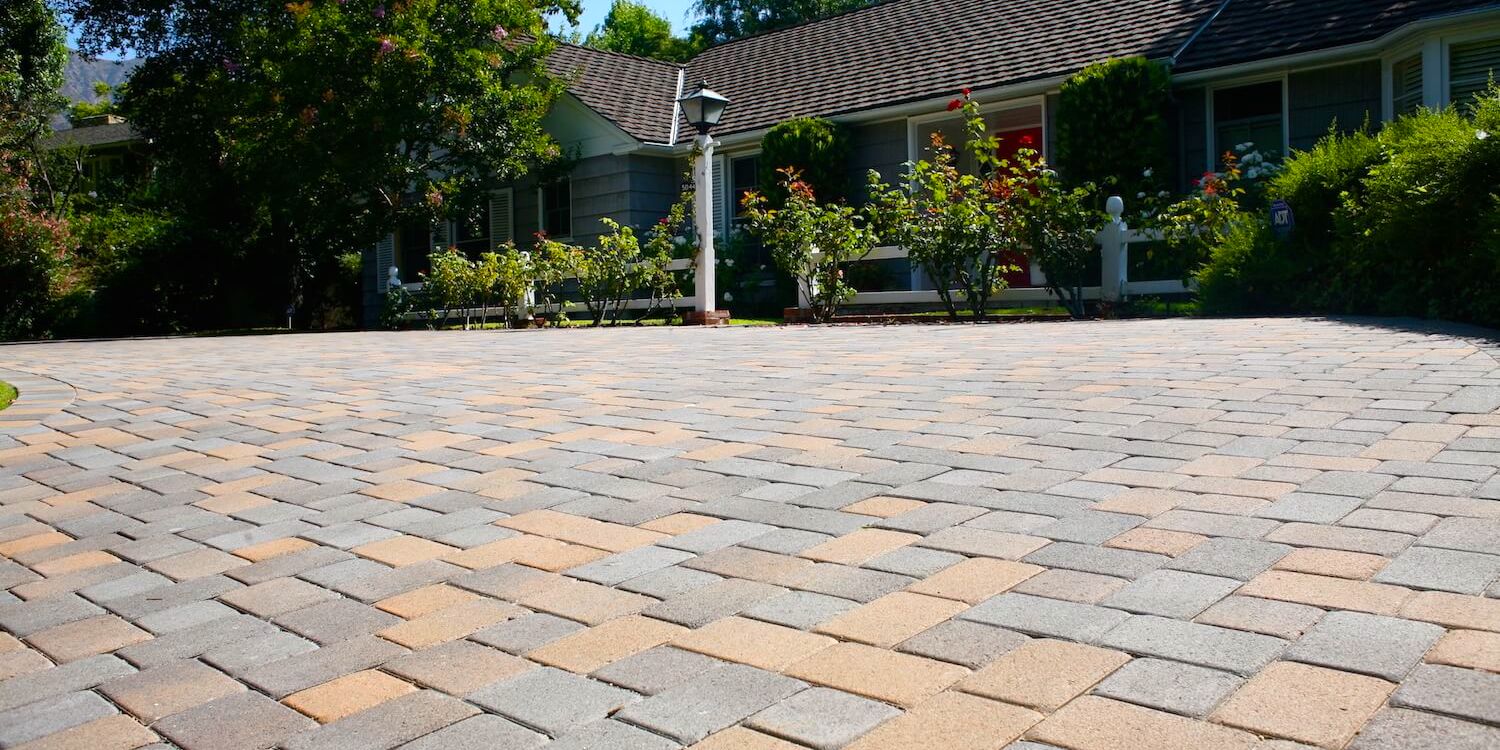

Building Materials
How To Remove Old Oil Stains From Brick Pavers
Modified: February 18, 2024
Learn effective techniques for removing old oil stains from brick pavers using common building materials. Rejuvenate your outdoor space with these simple cleaning tips.
(Many of the links in this article redirect to a specific reviewed product. Your purchase of these products through affiliate links helps to generate commission for Storables.com, at no extra cost. Learn more)
**
Introduction
**
Welcome to the ultimate guide on removing old oil stains from brick pavers. Whether it's a driveway, patio, or pathway, brick pavers add timeless charm to outdoor spaces. However, the appearance of these beautiful pavers can be marred by unsightly oil stains. Fear not, as we delve into the art of restoring the pristine beauty of your brick pavers by effectively eliminating old oil stains.
Oil stains are a common nuisance, often resulting from leaky vehicles, machinery, or accidental spills during routine maintenance. These stains not only detract from the visual appeal of your outdoor spaces but also pose a challenge when it comes to removal. However, armed with the right knowledge and tools, you can bid farewell to these stubborn blemishes and restore the natural allure of your brick pavers.
In this comprehensive guide, we will explore the nature of oil stains on brick pavers, the essential tools and materials required for their removal, and a step-by-step guide to effectively eliminate old oil stains. Furthermore, we will discuss preventive measures to shield your brick pavers from future oil stains, ensuring their enduring beauty.
So, roll up your sleeves and prepare to embark on a journey to rejuvenate your outdoor oasis by bidding adieu to those pesky oil stains. Let's dive into the fascinating world of brick pavers and uncover the secrets to restoring their timeless elegance.
**
Key Takeaways:
- Removing old oil stains from brick pavers requires tools like a stiff brush and pressure washer, along with materials like degreasing cleaner and protective sealant. Follow a step-by-step process for effective restoration.
- Prevent future oil stains on brick pavers by using protective mats, applying sealant, and educating others about responsible practices. Regular maintenance and prompt cleanup are key to preserving the timeless beauty of outdoor spaces.
Read more: How To Remove Decking Oil From Pavers
Understanding the Nature of Oil Stains on Brick Pavers
**
Before delving into the removal process, it’s crucial to understand the nature of oil stains on brick pavers. When oil drips or spills onto porous brick surfaces, it quickly seeps into the tiny crevices, creating stubborn stains that seem ingrained in the material. Unlike non-porous surfaces, such as concrete, brick pavers readily absorb oil, making the stains particularly challenging to eradicate.
Additionally, exposure to sunlight and weather elements can cause the oil to penetrate deeper into the brick pavers, intensifying the stains over time. As a result, the removal process must address both the surface-level discoloration and the deeply embedded oil residue within the pavers.
Furthermore, the composition of the oil, whether it’s motor oil, cooking oil, or any other type, can impact the severity of the stain and the removal approach. For instance, motor oil contains additives and lubricants that can create resilient stains, necessitating thorough cleaning methods to achieve optimal results.
Understanding the nature of oil stains on brick pavers allows us to tailor our approach, selecting the most effective tools and techniques to tackle the specific challenges posed by these stubborn blemishes. By comprehending the intricacies of the staining process, we can implement targeted strategies to restore the pristine beauty of brick pavers, ensuring a successful and satisfying outcome.
With a clear understanding of the formidable nature of oil stains on brick pavers, we are ready to explore the essential tools and materials needed to undertake the removal process effectively.
**
Tools and Materials Needed for Removing Oil Stains
**
Embarking on the mission to remove old oil stains from brick pavers requires the right arsenal of tools and materials to achieve a successful outcome. Here’s a comprehensive list of essential items you’ll need:
Tools:
-
Stiff Bristle Brush: An abrasive brush is crucial for scrubbing the surface of the brick pavers, loosening the oil residue for effective removal. Opt for a stiff-bristled brush to tackle stubborn stains without damaging the pavers.
-
Pressure Washer: A pressure washer with a high-pressure nozzle facilitates the initial cleaning process, dislodging surface-level oil and grime from the brick pavers. The forceful stream of water helps prepare the pavers for deeper cleaning.
-
Scraper or Putty Knife: For particularly stubborn or aged stains, a scraper or putty knife can aid in gently lifting the deeply embedded oil residue from the porous surface of the brick pavers.
-
Bucket and Hose: These basic tools are essential for preparing cleaning solutions and rinsing the pavers during the removal process.
-
Protective Gear: When working with cleaning agents and performing manual labor, protective gear such as gloves, goggles, and a mask are crucial for ensuring safety and minimizing exposure to chemicals and debris.
Materials:
-
Absorbent Material: Cat litter, baking soda, or cornstarch can be used to absorb fresh oil stains, although they are less effective for older, deeply ingrained stains.
-
Degreasing Cleaner: Choose a high-quality degreasing cleaner specifically formulated for masonry surfaces. Look for a product that is safe for the environment and suitable for brick pavers.
-
Trisodium Phosphate (TSP): TSP is a powerful cleaning agent that effectively removes oil stains from various surfaces. Dilute it according to the manufacturer's instructions and use it cautiously, as it can be harsh on skin and vegetation.
-
Oil Stain Remover: There are specialized oil stain removers designed for masonry surfaces. These products are formulated to penetrate the porous structure of brick pavers, lifting and dissolving tough oil stains.
-
Protective Sealant: Once the oil stains are removed, applying a protective sealant can help prevent future staining and enhance the longevity of the pavers. Choose a sealant specifically designed for brick and masonry surfaces.
By gathering these essential tools and materials, you'll be well-equipped to tackle the challenging task of removing old oil stains from your brick pavers. With the preparations in place, let's proceed to the step-by-step guide for effectively eliminating these stubborn blemishes and restoring the natural beauty of your outdoor space.
**
Mix equal parts of baking soda and water to create a paste. Apply it to the oil stain, let it sit for 30 minutes, then scrub with a brush and rinse with water. Repeat if necessary.
Step-by-Step Guide to Removing Old Oil Stains from Brick Pavers
**
Now that you’re equipped with the essential tools and materials, it’s time to embark on the step-by-step process of removing old oil stains from your brick pavers. Follow these comprehensive guidelines for a successful restoration:
-
Prepare the Area: Begin by clearing the surrounding area and removing any debris or loose dirt from the brick pavers. This ensures a clean workspace and prevents additional contaminants from affecting the cleaning process.
-
Apply Absorbent Material: If the oil stain is fresh, sprinkle a generous amount of cat litter, baking soda, or cornstarch over the affected area. Allow it to sit and absorb the oil for several hours or overnight. Then, sweep or vacuum the absorbent material from the pavers.
-
Prepare the Cleaning Solution: Dilute trisodium phosphate (TSP) or a masonry degreasing cleaner in a bucket of water according to the manufacturer’s instructions. Ensure proper ventilation and wear protective gear when handling these cleaning agents.
-
Pre-Wash with Pressure Washer: Use a pressure washer with a high-pressure nozzle to thoroughly pre-wash the stained areas. The forceful stream of water helps dislodge surface-level oil and grime, preparing the pavers for deeper cleaning.
-
Apply Degreasing Cleaner: Liberally apply the prepared degreasing cleaner or TSP solution to the oil-stained areas. Use a stiff bristle brush to scrub the surface vigorously, focusing on the stained regions. Allow the cleaner to penetrate the pavers for the recommended duration.
-
Rinse with Pressure Washer: Once the cleaning solution has had time to work its magic, rinse the pavers thoroughly with a pressure washer. Ensure that no residual cleaner or oil residue remains on the surface.
-
Target Stubborn Stains: For persistent oil stains, gently scrape the affected areas with a putty knife or scraper, being careful not to damage the pavers. Continue scrubbing with the stiff bristle brush and degreasing cleaner until the stains begin to fade.
-
Apply Oil Stain Remover: If the stains persist, apply a specialized oil stain remover designed for masonry surfaces. Follow the manufacturer’s instructions, allowing the product to penetrate and dissolve the stubborn oil residue.
-
Final Rinse and Inspection: Thoroughly rinse the pavers with a pressure washer to remove any remaining traces of cleaner or oil stain remover. Inspect the treated areas to ensure the complete removal of oil stains and a uniform appearance across the pavers.
-
Apply Protective Sealant: Once the pavers are clean and dry, consider applying a protective sealant specifically formulated for brick and masonry surfaces. This sealant helps prevent future oil staining and enhances the longevity of the pavers.
By meticulously following these steps, you can effectively remove old oil stains from your brick pavers, revitalizing their appearance and preserving their inherent charm. Now, let’s explore preventive measures to shield your brick pavers from future oil stains, ensuring their enduring beauty for years to come.
**
Preventing Future Oil Stains on Brick Pavers
**
While the removal of old oil stains from brick pavers is a rewarding endeavor, preventing future stains is equally important in maintaining the pristine appearance of your outdoor space. Implementing proactive measures can safeguard your brick pavers from potential oil spills and leaks, preserving their timeless beauty. Here are effective strategies for preventing future oil stains:
-
Regular Maintenance: Establish a routine for inspecting and cleaning your brick pavers. Promptly address any oil spills or leaks by using absorbent materials to mitigate the immediate impact. Regular sweeping and cleaning can prevent oil from seeping deep into the pavers, making future removal easier.
-
Protective Mats or Trays: Place protective mats or trays under vehicles, machinery, or equipment that may leak oil onto the brick pavers. These barriers can intercept oil spills, preventing direct contact with the pavers and minimizing the risk of staining.
-
Prompt Cleanup: In the event of an oil spill, act swiftly to remove the source of the spill and clean the affected area. Absorbent materials such as cat litter or commercial oil spill absorbents can be used to contain and absorb the oil before it permeates the pavers.
-
Sealant Application: Consider applying a high-quality sealant specifically designed for brick and masonry surfaces. A protective sealant forms a barrier that repels oil and other contaminants, reducing the likelihood of stains and simplifying cleaning efforts.
-
Educate and Raise Awareness: If the brick pavers are located in a communal or public area, raise awareness about the importance of preventing oil spills and leaks. Educate individuals about the impact of oil stains on the aesthetic appeal of the pavers and encourage responsible practices.
-
Regular Inspections: Periodically inspect the areas surrounding the brick pavers for signs of oil leaks or spills. Address any potential sources of contamination promptly to prevent oil stains from affecting the pavers.
By integrating these preventive measures into your maintenance routine, you can fortify the resilience of your brick pavers against oil stains, preserving their natural elegance and minimizing the need for extensive cleaning and restoration efforts in the future.
With a comprehensive understanding of oil stain prevention and removal, you are empowered to maintain the enduring beauty of your brick pavers, ensuring that they remain a captivating feature of your outdoor environment.
**
Read more: How To Remove Stains From Brick
Conclusion
**
Congratulations on mastering the art of removing old oil stains from brick pavers and fortifying them against future blemishes. By immersing yourself in the intricacies of oil stain removal and prevention, you have unlocked the key to preserving the timeless allure of your outdoor spaces.
Throughout this journey, you’ve gained valuable insights into the formidable nature of oil stains on brick pavers, understanding their propensity to penetrate the porous surface and endure over time. Armed with this knowledge, you’ve assembled the essential tools and materials, paving the way for a successful restoration process.
The step-by-step guide has served as your roadmap, leading you through the meticulous process of removing old oil stains from brick pavers with precision and care. From initial preparations to the application of cleaning solutions and protective sealants, you’ve navigated each step with determination, culminating in the revitalization of your outdoor oasis.
Furthermore, you’ve embraced preventive measures as a proactive shield against future oil stains, recognizing the significance of regular maintenance, protective barriers, and the application of sealants in safeguarding the pristine beauty of your brick pavers.
As you conclude this transformative journey, take pride in the enhanced resilience and enduring charm of your brick pavers. The knowledge and skills you’ve acquired will continue to serve you, ensuring that your outdoor spaces remain a testament to meticulous care and unwavering beauty.
So, step back and behold the captivating allure of your rejuvenated brick pavers, knowing that you hold the power to preserve their elegance for years to come. Embrace the art of restoration and prevention, and let your outdoor sanctuary radiate with timeless splendor.
With your newfound expertise, you are poised to conquer any oil stain challenge and safeguard the enduring beauty of your beloved brick pavers. Here’s to a future adorned with pristine, oil-stain-free outdoor spaces!
Frequently Asked Questions about How To Remove Old Oil Stains From Brick Pavers
Was this page helpful?
At Storables.com, we guarantee accurate and reliable information. Our content, validated by Expert Board Contributors, is crafted following stringent Editorial Policies. We're committed to providing you with well-researched, expert-backed insights for all your informational needs.
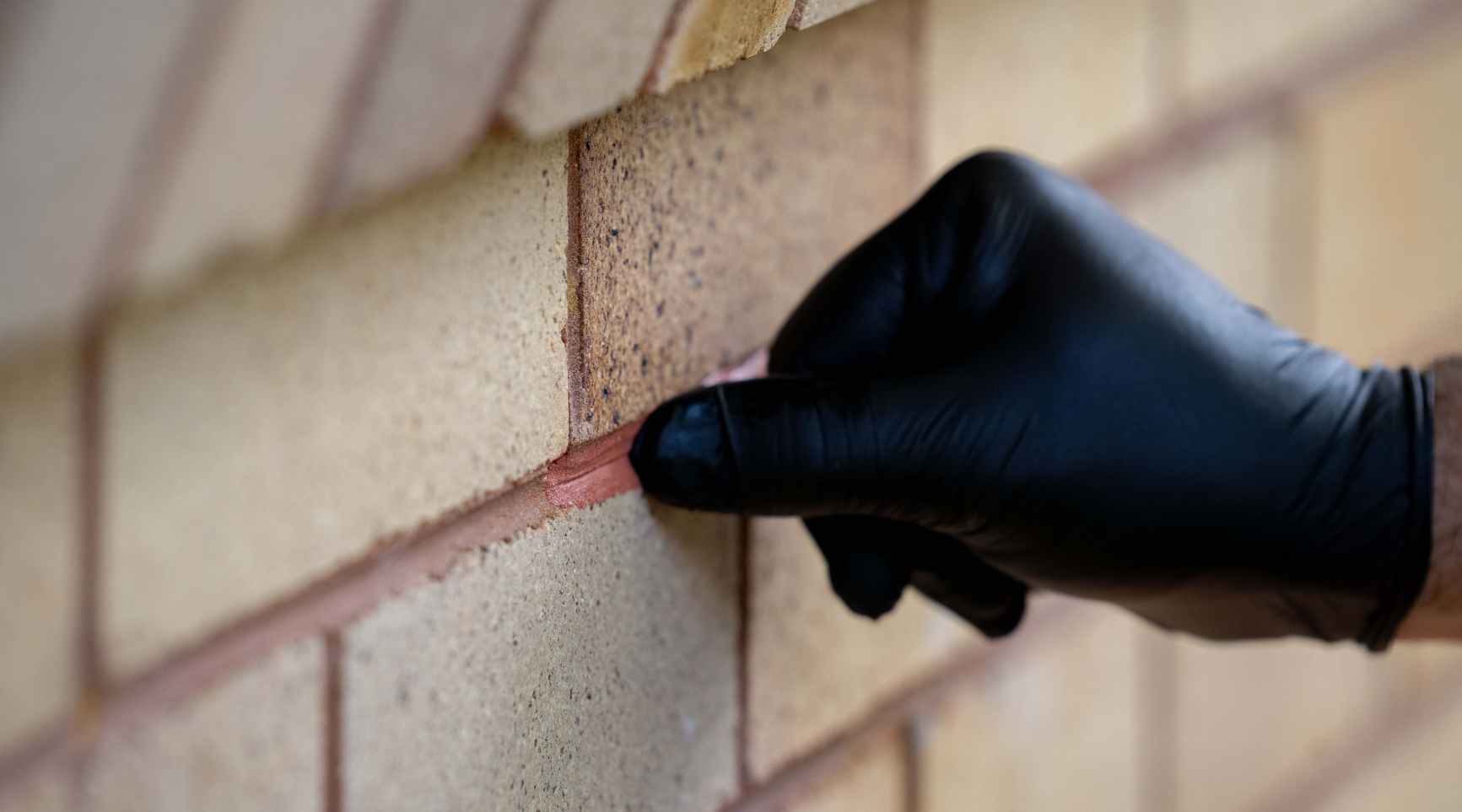
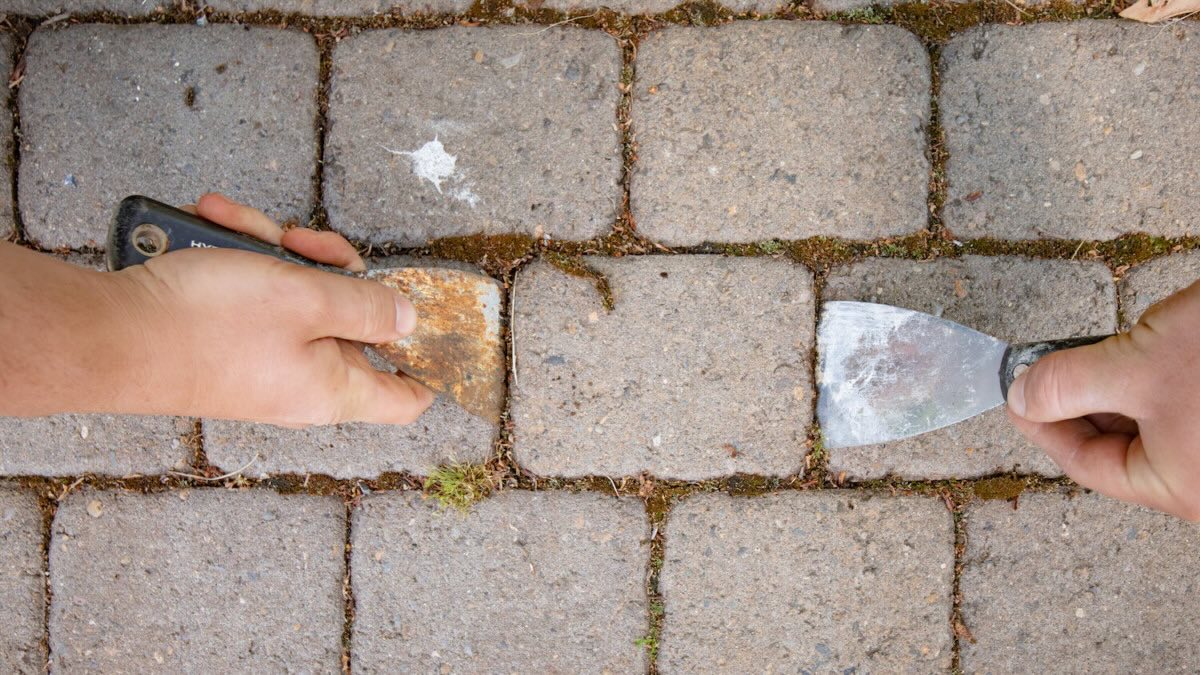
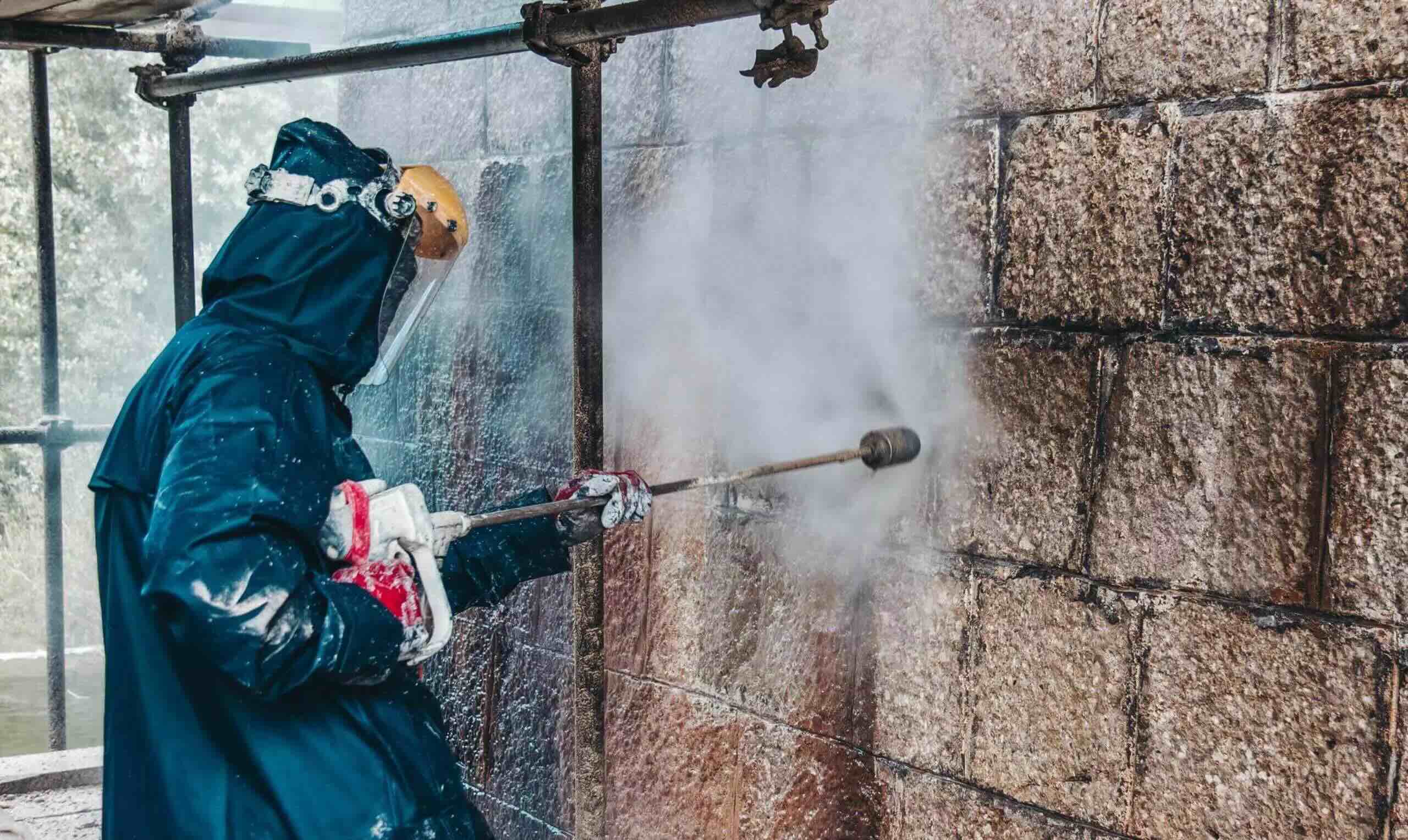
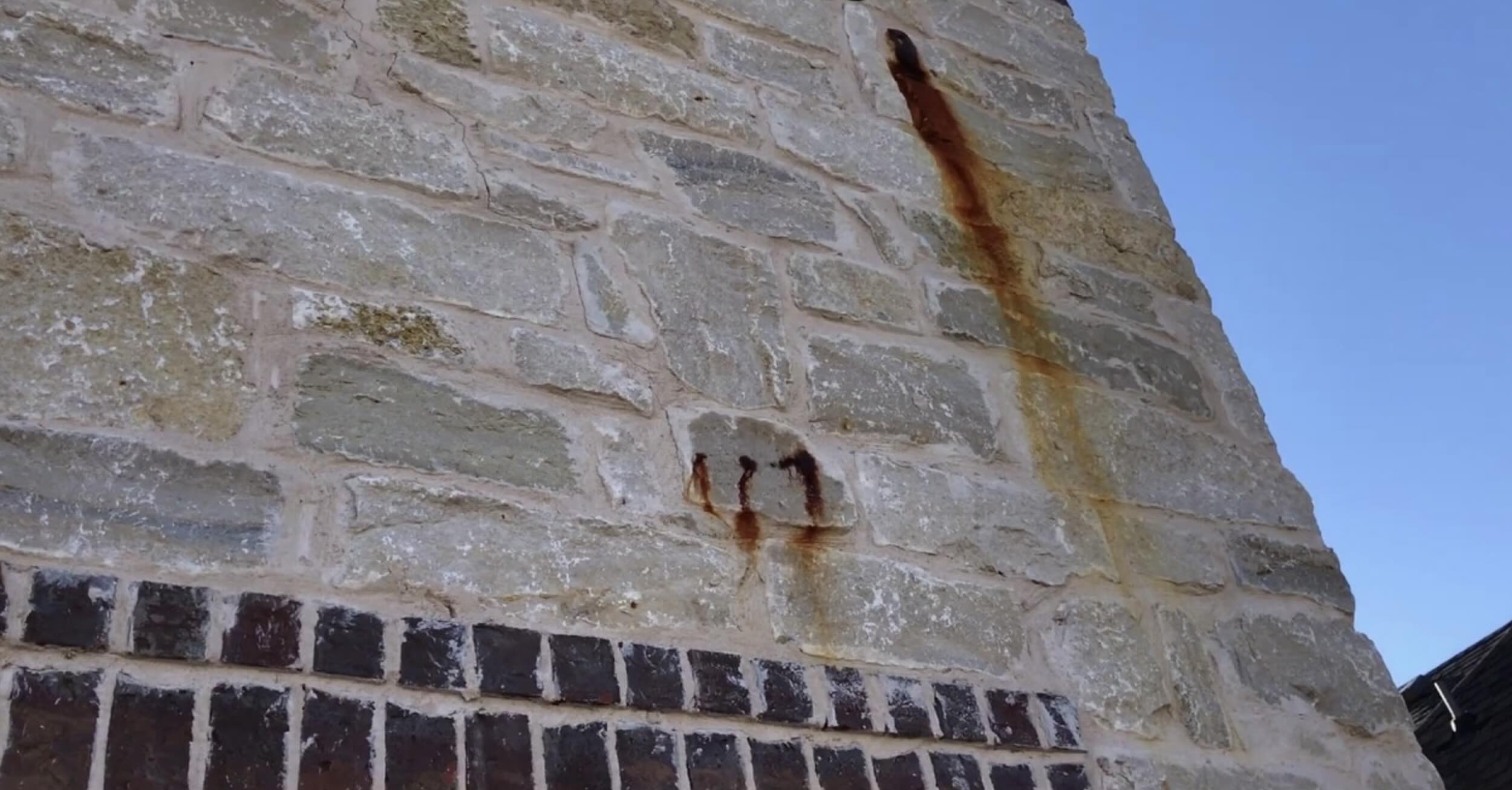
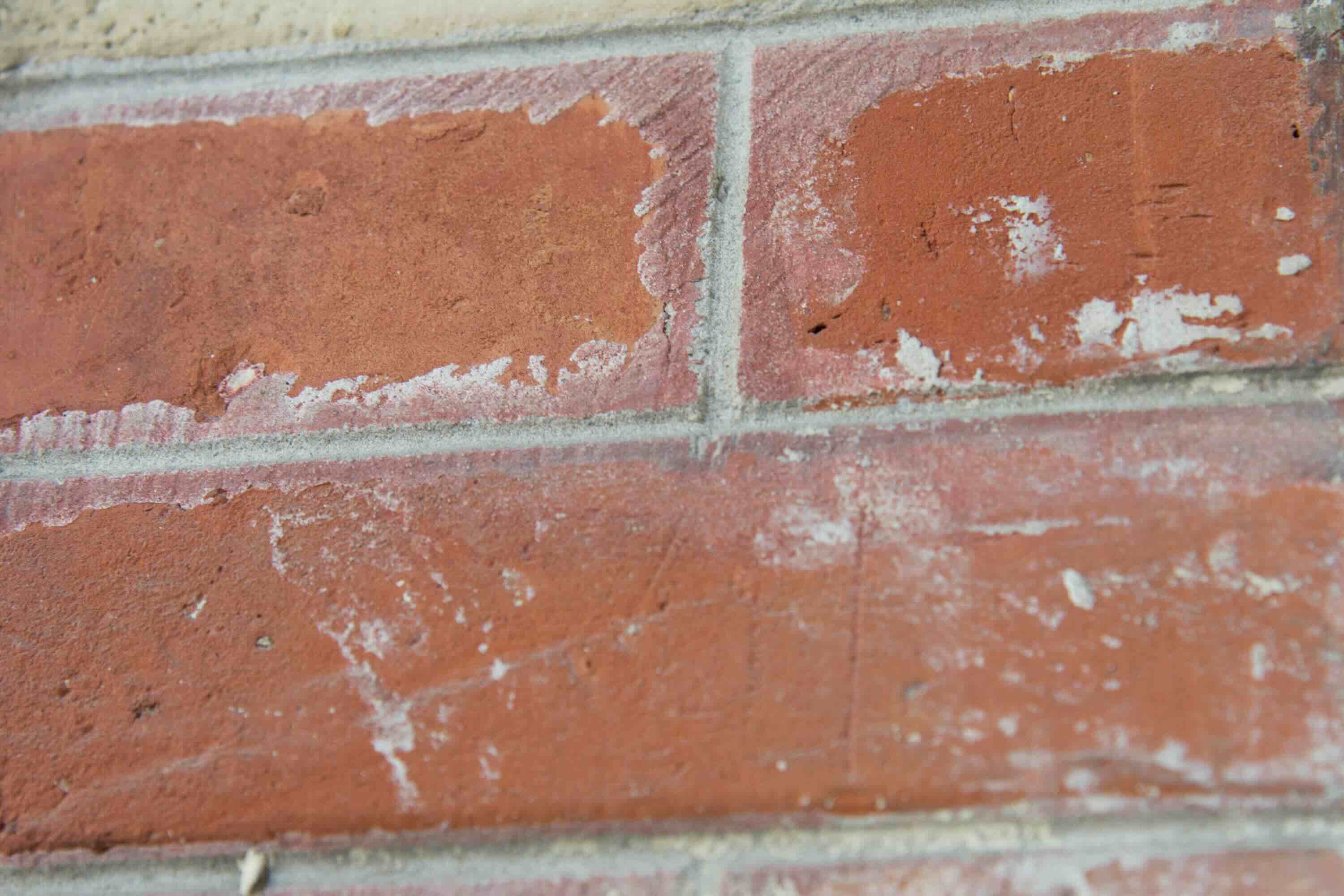
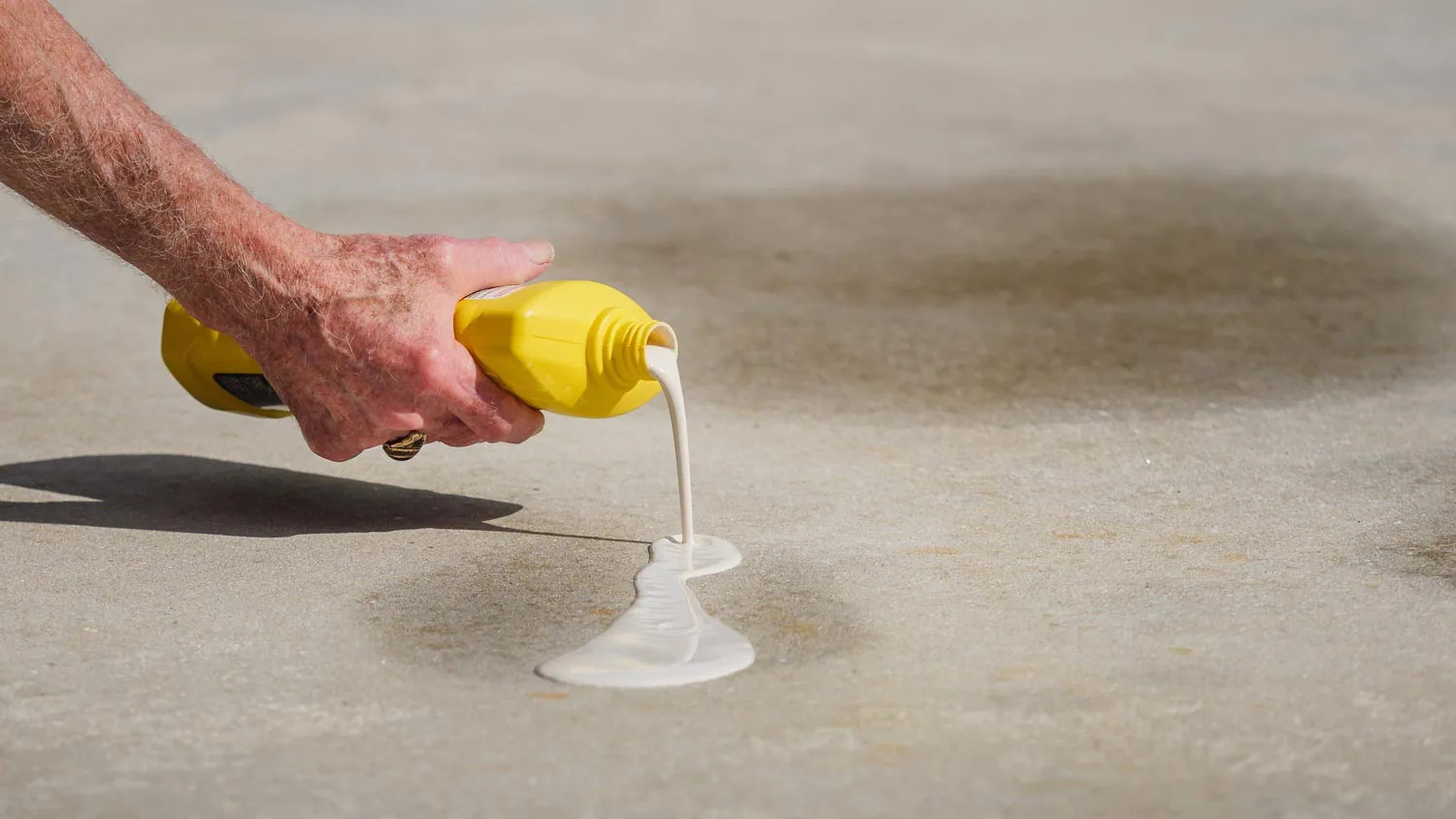
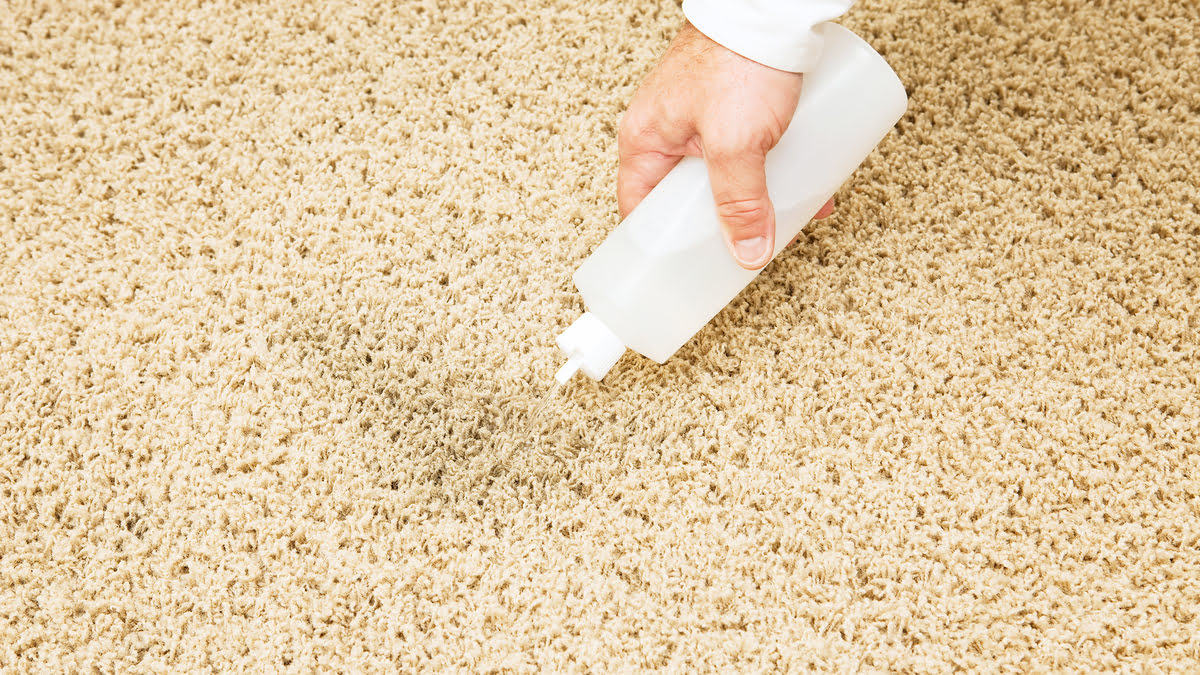

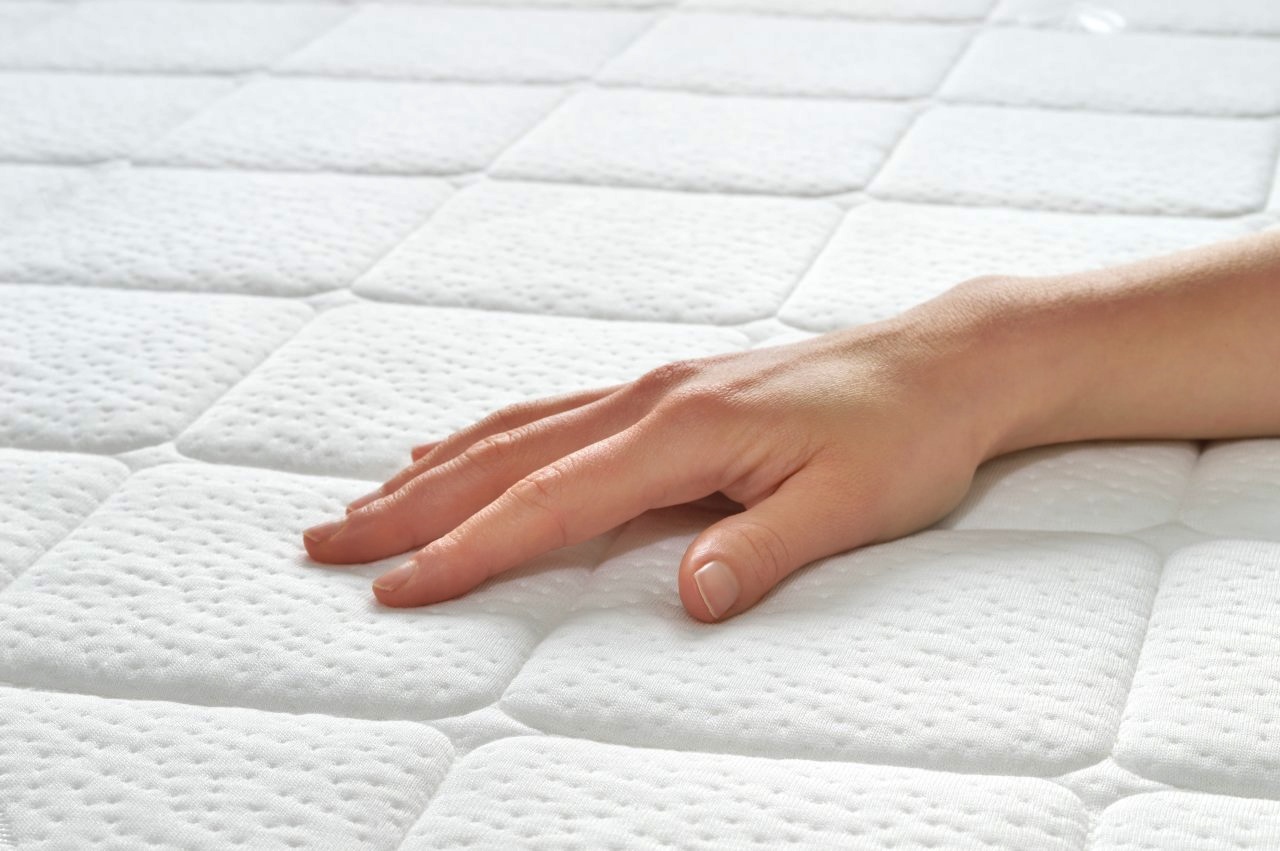

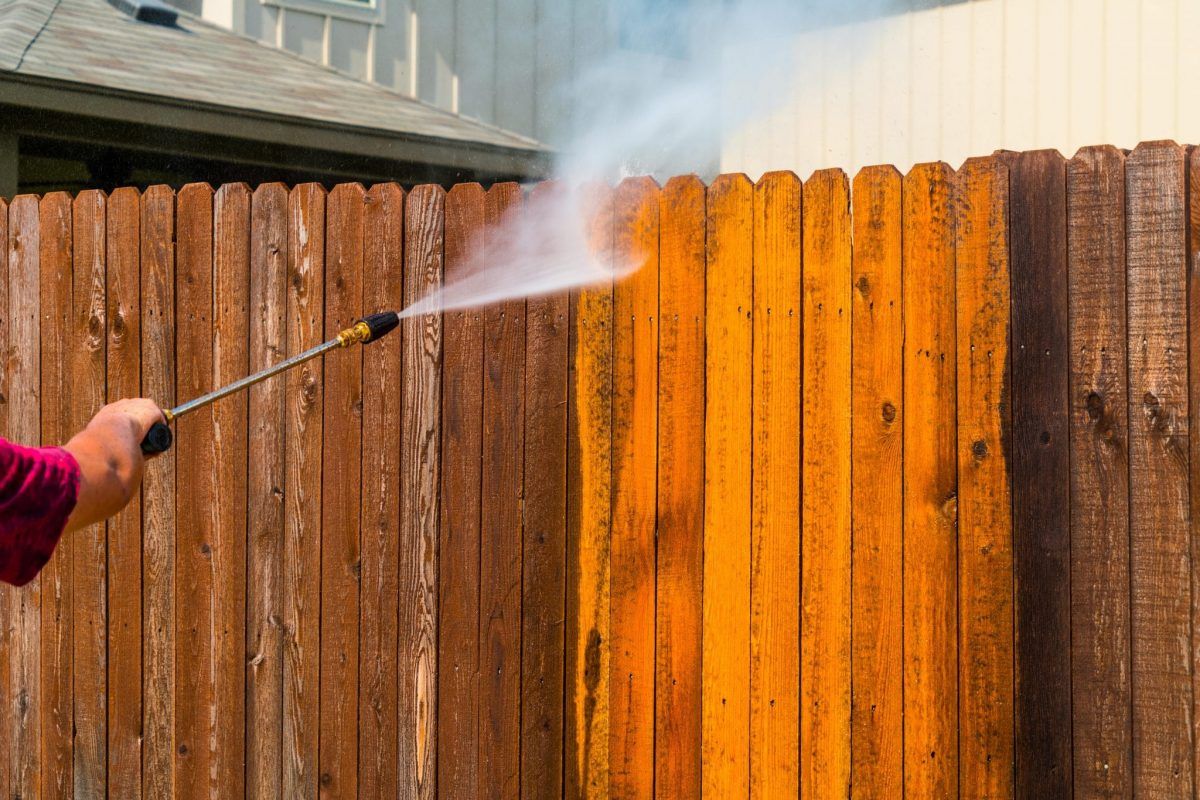
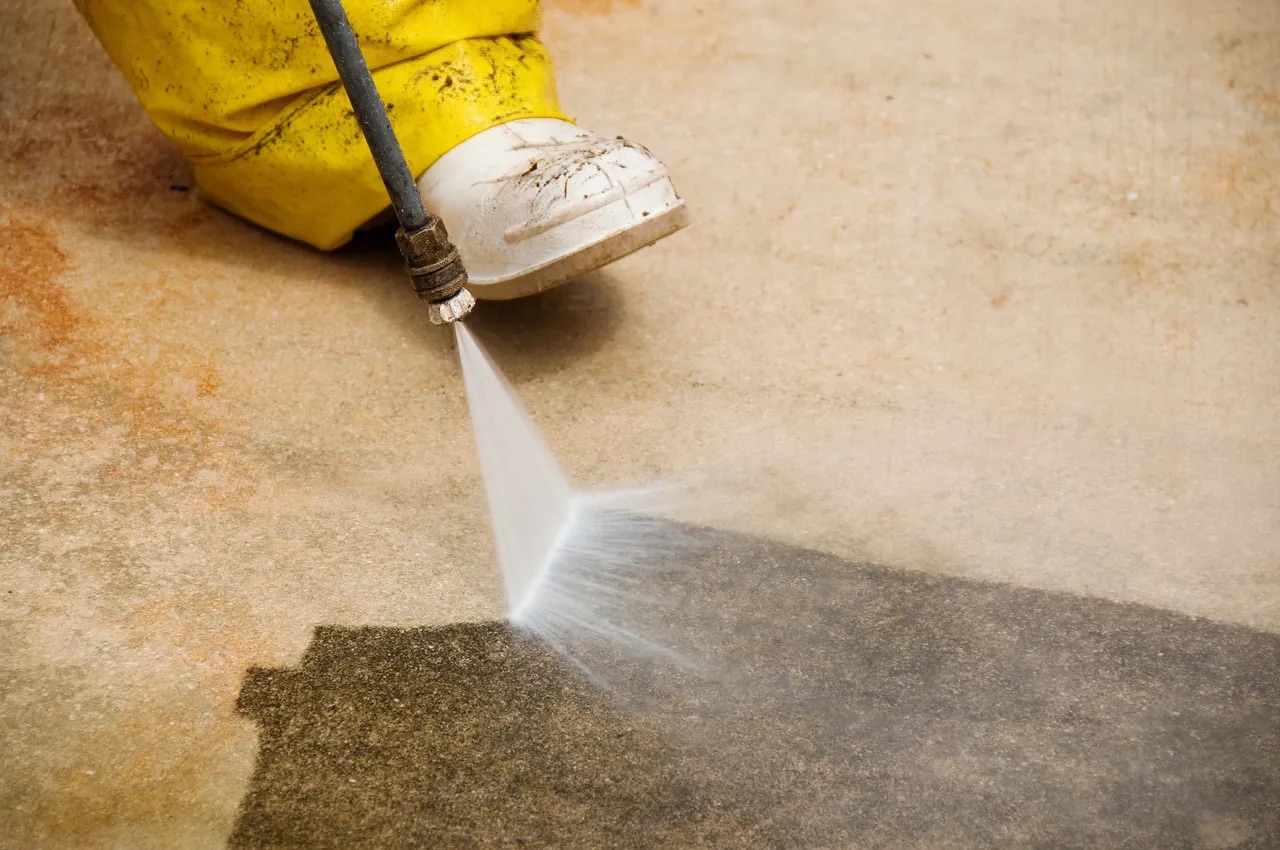
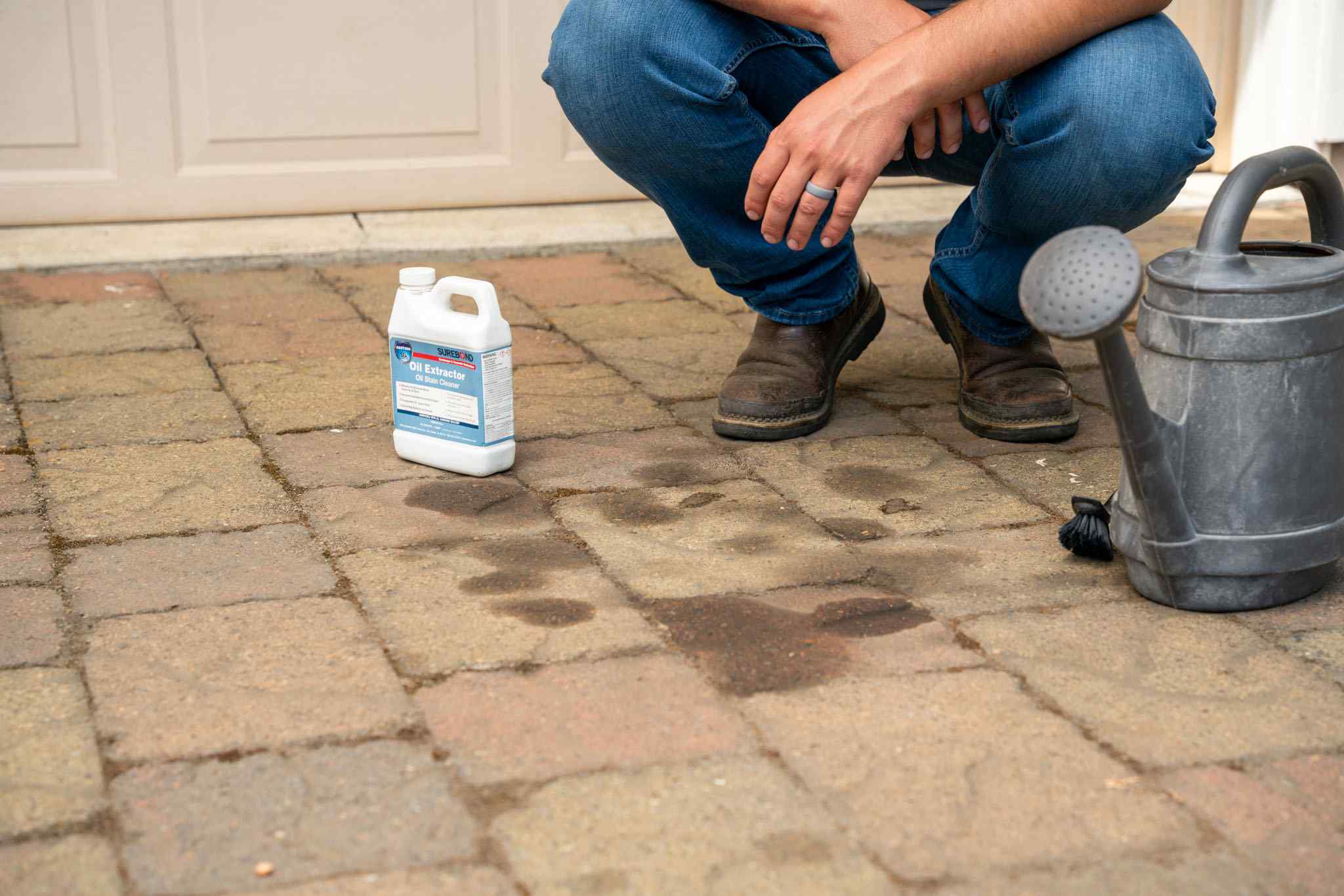
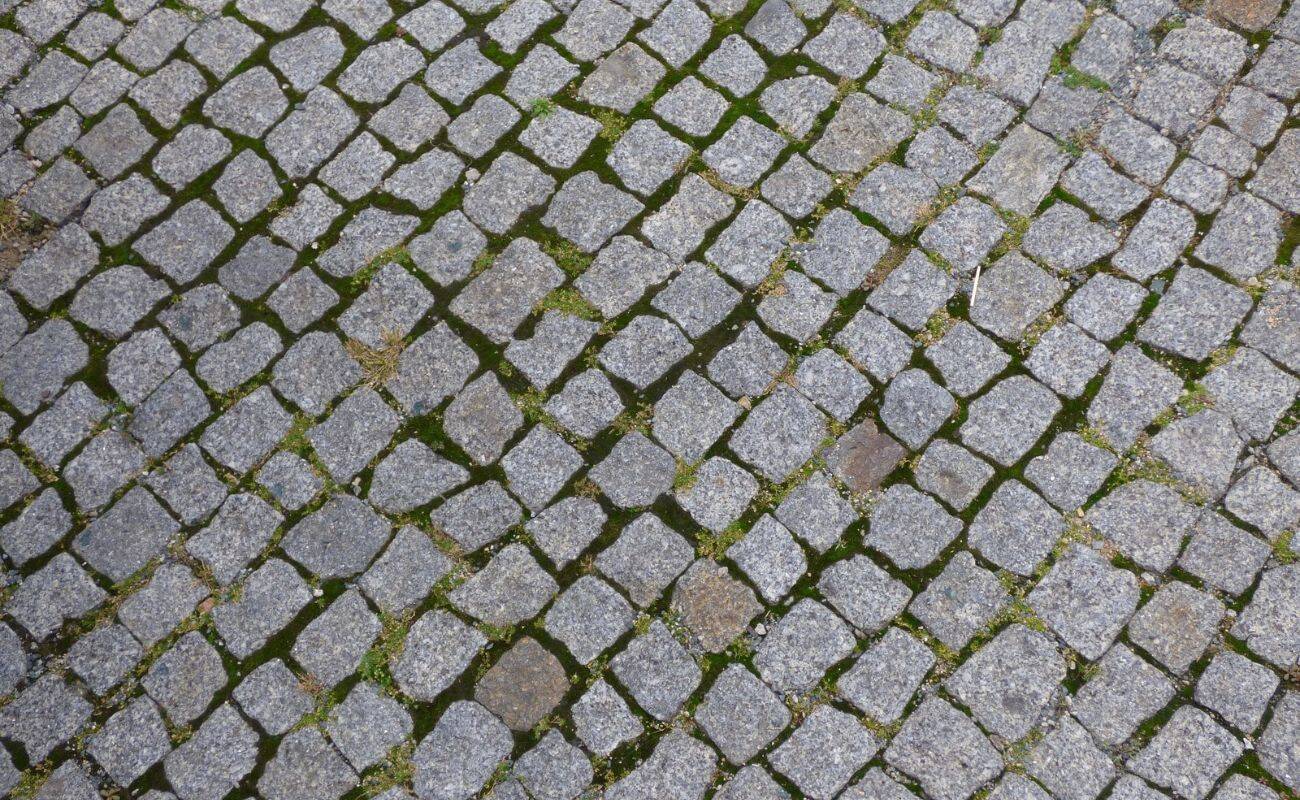

0 thoughts on “How To Remove Old Oil Stains From Brick Pavers”